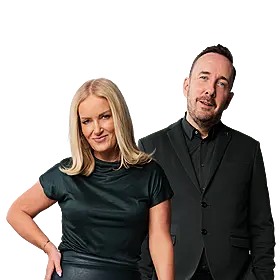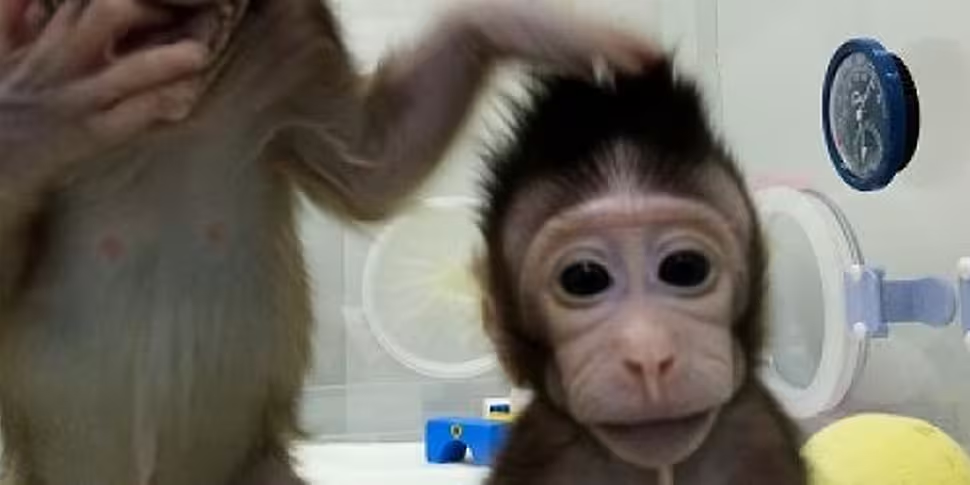Two monkeys have been cloned in China using the same technique that saw Dolly the Sheep cloned in Scotland.
The genetically identical, long-tailed macaques were born at the Institute of Neuroscience of Chinese Academy of Sciences in Shanghai.
Named Zhong Zhong and Hua Hua, they are the first primate clones made by Somatic Cell Nuclear Transfer (SCNT).
This process saw researchers remove the nucleus from an egg cell and replace it with another nucleus from differentiated body cells.
This reconstructed egg then develops into a clone of whatever donated the replacement nucleus.
Researchers say this makes it "a realistic possibility" for labs to conduct research with customisable populations of genetically uniform monkeys.
The event has been documented in the journal, Cell.
SCNT monkey embryos using fetal fibroblasts as donors | Image: cell.com
Qiang Sun is director of the Nonhuman Primate Research Facility at the Chinese Academy of Sciences Institute of Neuroscience.
"There are a lot of questions about primate biology that can be studied by having this additional model.
"You can produce cloned monkeys with the same genetic background except the gene you manipulated.
"This will generate real models not just for genetically based brain diseases, but also cancer, immune or metabolic disorders, and allow us to test the efficacy of the drugs for these conditions before clinical use".
Differentiated monkey cell nuclei, compared to other mammals such as mice or dogs, have proven resistant to SCNT.
Sun and his colleagues overcame this by introducing epigenetic modulators after the nuclear transfer that switch on or off the genes that are inhibiting embryo development.
Image: cell.com
The researchers found their success rate increased by transferring nuclei taken from fetal differentiated cells, such as fibroblasts, a cell type in the connective tissue.
Zhong Zhong and Hua Hua are clones of the same macaque fetal fibroblasts. Cells from adult donor cells were also used, but those babies only lived for a few hours after birth.
"We tried several different methods but only one worked.
"There was much failure before we found a way to successfully clone a monkey."
It was the first time scientists had managed to clone a mammal from an adult cell.
Although a primate has been cloned before, Zhong Zhong and Hua Hua are the first using SCNT - which can theoretically produce an indefinite number of clones from a single donor.











